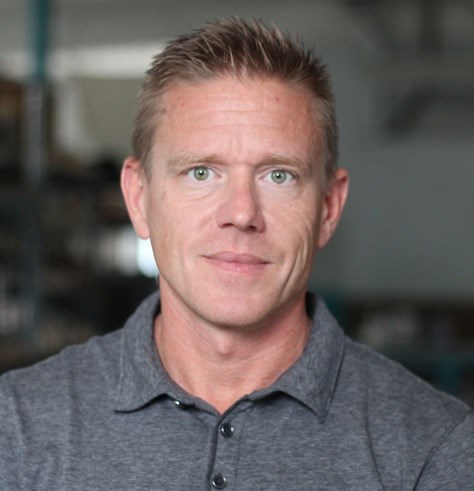The Designer's Edge: Hydraulic Pressure
Hydraulic pressure can have a negative impact on your mold components.

Hydraulic pressure can have a negative impact on your mold components. On the set position, if your component is relying on hydraulic pressure to overcome plastic/cavity pressure then you typically need your pressures high. However, if your component is locked in place with a lock angle on the stationary half then you do not need to use excessive hydraulic pressure. You just need enough to move your component.
With the pull position you only need enough hydraulic pressure to pull it back. I have seen hundreds of failures with the root cause being excessive hydraulic pressure use. In most cases this occurs with the pull position as the attachment point of the cylinder rod and component get stretched/stressed. Whereas in the set position they are compressed. Also, when using T-slot couplers it is important not to have sharp corners on the T or the slot, as they will increase your chance of failure from stress.
You must understand the hydraulic pressures that are required for movement or to overcome cavity/plastics pressure. The latter case is when pressures are needed, but this is often misunderstood by setup technicians, which results in pressures higher than necessary. The reverse can also occur—a lack of hydraulic pressure that causes issues.
I am also guilty of having a limited understanding of these issues when I was building “robust” tools. This came from the gap between tool shops and those molding. The material being used, flow lengths and wall stock can have a huge impact on plastic pressures, and this is not always understood fully by most tool shops.
Another area to examine is cylinder sizing versus cavity pressures. This is when the cylinder is being used to resist plastics pressure. This does not need to be a consideration if the component is using a locking angle with the stationary half. In that case, you just need the cylinder to move the component.
On September 18th, I will take a look at determining cylinder size.














.jpg;maxWidth=300;quality=90)
.jpg;maxWidth=970;quality=90)